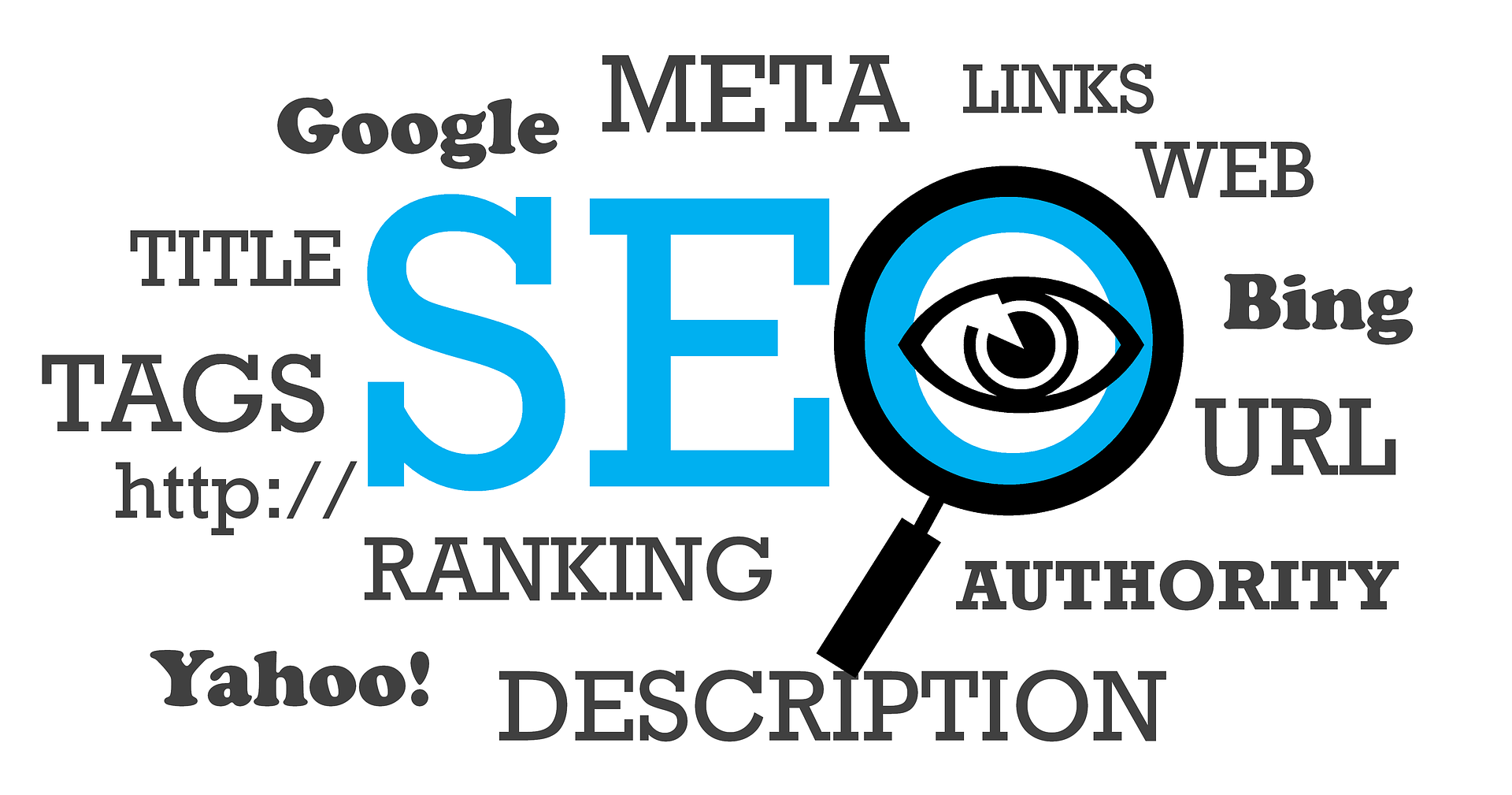Smartphones and tablets have reshaped how audiences engage with their favourite brands, and wearable technology is set to be the next major shift in digital marketing.
In 2016, a predicted 100 million wearable devices are expected to be shipped. That’s a staggering amount considering the current uptake of wearables. The iWatch is on the horizon, and Android smart watches are already gaining momentum, with the Moto 360 proving very popular. At the time of writing, Amazon currently offers over 100 pieces of wearable technology, and it’s not even yet a full-blown trend.
So what’s going to change for Digital Marketing when wearable technology is widespread?

SEO Evolution
If you’re on Android, you may have already had a play with Google Now. It’s pretty handy, listing content you may enjoy, providing updates on your local surroundings, creepily knowing where you’ve parked your car, and so on; all via some nice looking cards that are certainly easier on the eye than traditional search results. And this card-based search is about to get a whole lot more traction.
Card-based SERP means that whoever is #1 on the search results page, will reap the rewards. Sure, before the #1 SERP post meant the majority of traffic would go there anyway; but now it’s a different game entirely. You will be faced with fewer links on each search, viewing one card at a time, swiping sideways to see the next one. Therefore, being listed seventh for a popular phrase may not be advisable any longer; instead, aiming to list #1 for a less popular search could prove worthwhile.
Advertising via these cards also means that you are quite literally throwing advertisements into someone’s face. So the copy needs to be compelling and enticing, otherwise you may just be angering potential customers.

PPC to make way for PPG?
Google already has a patent on “Pay per gaze” advertising. What does this mean? Well, it’s pretty self-explanatory, but instead of clicking, Google Glass can track your eyes to see which adverts you decide to gaze at. Pretty nifty. Eye tracking could also mean that wearable tech could detect whether you’ve seen or took notice of offline ads, which could provide very useful information.
For now, in its beta stage, Google Glass does not directly support advertising space. Until this changes, this means marketers have to be very clever about how to engage and entertain customers through wearable technology.

Voice Search and Content Marketing
The search box will be replaced with audible questions, and search results will be vastly reworked. Keyword analysis will have to change. For a lot of brands with unorthodox names or spellings that hardware may spell or translate differently, it could be a problem. It’s important to readdress your keyword targeting, to ensure that your pages will be easily found through audio searches.
How we read could also change, with Spritz paving the way. Spritz came up with a new way of reading, involving flashing words in front of your eyes. Although kind of odd to start with, it does make sense, and makes reading a lot faster. This could tackle the problem with providing content on smaller screens, such as those on a watch. Try it out below, if you’re not convinced.

Diverse Devices
Wearable technology only adds further to the growing list of devices we switch between on a daily basis. It used to be just the desktop, but now additionally we have tablets, smartphones, smart glasses, and smart watches. And this list is only going to grow. Having content that is as useful across this plethora of devices is key to digital marketing, as engaging with your audience cross-platform is very worthwhile. Mobile optimisation is a must now, but in the future, site optimisation for these other devices coming out the woodwork may become just as vital. So if you’re not already boasting a responsive website design, or talking about mobile strategy, now is the time to do so.
Increase Online Reach with a Mobile Website Design
Allowing customers with specific devices to gain exclusive access to certain content or privileges. Discounts, coupons, and gamification (essentially turning traditional marketing efforts into an online game of sorts), could be the way that a different format of engagement can be created. Initially creating content optimized for wearables, specifically directed at early adopters and the technology-orientated, could provide a decent platform of followers to build upon.

Ecommerce Evolution
The internet has already revolutionised how we shop, and wearable technology looks to rethink how we interact with brands and products even further.
Product information must now be created and optimized for these new devices, and allow for content to be used in a retail setting. Google Shopping and Google Wallet are going to become much more integral to the online shopping experience, especially with Android devices.
What iBeacon Means For Digital Marketing And Ecommerce In The Future
Online shopping whilst shopping in reality will become the norm. Scanning barcodes won’t even require whipping out your smartphone. Of course, this is good news for ecommerce sites, where customers pick up a product in-store, do a quick online search for the best price, and order online instead. Ecommerce is set to thrive. But retail stores could suffer if their prices are not competitive, as searching for the best price online is going to be quicker and simpler than ever. This means that ecommerce retailers will need to have their products suitably labelled and marked-up, so that when these searches come, they can be easily found. A slightly incorrect label could cost a drastic number of sales.
You will be able to buy stuff anywhere. Maybe you forgot a vital ingredient for dinner, and you’re on the way back from work. Rather than travelling back up town, order it on the walk home via Google Glass. Job done. And with ecommerce on the rise, delivery times are only going to get faster (especially with Amazon’s delivery drones on the horizon).
Other wearable devices, such as wristbands or watches, could potentially recognise a customer when they enter your shop or place of business. This would offer a heap of information about the wants and needs of the customer in question, allowing for much more concise and direct marketing capabilities.

Savvy Shoppers Go Mobile
Customers will have substantially more data at their fingertips. If there’s something wrong with your product, they’ll find it. Whether it’s through bad reviews, or it’s simply cheaper elsewhere, chances are the customer will find out instantly.
Video reviews will become even more commonplace, as customers unpack and upload footage whilst unveiling a new product they’ve ordered. This will mean YouTube will become an even more packed library of informative and engaging videos, which is vital for your brand to make the most of. Because there’s so much, you’d better be creating top quality content, or no-one will take any notice.
Younger generations expect interactivity with brands rather than being merely presented with unengaging content, and no doubt these new devices will be adopted by younger generations first. Therefore, it’s important to cater to this audience when developing your digital marketing strategy for these new devices in the future.
The digital and non-digital marketing efforts may merge, with digital advertisements being displayed when a user looks at an offline ad. QR codes could also display videos directly in your vision. Audio from advertisements on the TV, could correspond and trigger digital marketing efforts, similar to how Shazam currently operates, but entirely automated.
New Wearable Apps
Of course, the obvious shift here, is that if your business makes use of a mobile app, you will need a new one fit for these new devices. Whether suitable for headsets or watches is something to consider, but there’s no doubt you will have to be ready. The possibilities are fairly endless here, with live video broadcasts in a customer’s field of vision, or augmented reality app possibilities.
Perhaps you’ve been thinking about getting an app for your business but haven’t taken the plunge; so it’s important to make the most of mobile devices before wearables hit.

The Rise of Google+?
Many companies have not focussed their efforts on Google+, simply because no-one hangs out on there. Of course, it’s still a very important aspect for SEO purposes, but for marketing, many companies do not consider it valuable.
This decision could become a downfall in the future, as the integration between Google Glass and Google+ is going to be huge. It is surely Google’s best shot at taking down Facebook once and for all, and companies that already have a following on Google+ could see themselves gain popularity even further.
If Google can convince people their time is better spent there, as Facebook is already in a decline, then it could spell the end for the social network as we know it. Sharing content with friends and circles will also be on the rise, which would be a huge shift of focus for content marketing. Already it’s been shown that sites with more +1s boosts a sites search result ranking, and so getting ahead of the game before Google+ gets another boost in popularity is vital.
If Google+ is used more, search results will become more personalised, and extensive profiles will allow enhanced data collection. For digital marketing purposes, marketers will also have an insight into user interaction directly fed into Google profiles.

Where does Wearable Tech End?
It doesn’t stop with wearables for your face; brain detecting headbands and heart-rate monitoring devices are sure to come, with fitness bands leading the way.
Customers could gladly pass over very intricate details about their responses and reactions for coupons or other incentives, meaning privacy will take another severe blow. Instead of accessing our contact list and online habits, they will be attempting to read our minds. Marketers may be able to assess and evaluate a user’s actions to work out their emotions and intentions, which is a goldmine of marketing data.
Using physical aspects , a huge array of data can be collected or deduced. Other collected data could include includes body temperature, GPS location, speed of travel, amongst much more. This allows incredibly targeted adverts, with data collection over a long period of time. They will be able to interpret mood, thoughts, and feelings quite accurately, which although frightening, is incredibly useful. For instance, if data shows a consumer is unhealthy or unfit, gym glasses or fitness products could be marketed towards them.
No longer will marketers rely on surveys for customer information. You will be able to directly read a customer’s body and other emotional signals to detect how they react and engage with advertisements and content. Focus groups could become a thing of the past, and give way to a concept of “neuromarketing”. Eye tracking, EEG and fMRI could all play a part in the marketing of the future.
Of course, obtaining all this intricate data provides problems in itself, so marketers will have to make sure everything they do is perfectly legal and at the discretion of a user. Gaining permission from users to collect such data could become a trick of the trade in itself. Consumers will benefit somewhat from all this data, as search results will be customised and become more relevant, and businesses will be able to provide better services. But privacy is a huge concern for many in this hyper-connected world.
What should you do now?
To put it simply, keep in line with Google. It’s scary how much we have to rely on Google, but they are the true powerhouse behind the web. And if you don’t follow what they do, and stay up to date with them, you could be left behind.
Keep your Google+ Account active, even if you don’t intend to make best use of it. Local searches and Authorship ranking could become even more important than they already are.
Reviews on Google are already pushing people towards the highest ranked restaurant for a certain cuisine or food, and Google Glass is sure to push this even further. So it’s never been more important to have stellar reviews about your business, as potential customers are sure to see.
The Future of Digital Marketing?
Marketing hasn’t changed, but the platforms and technology our customers use have; which is why our strategies must evolve in-line with this. Personalisation and relevance seem to be the key features in the future of digital marketing, but even the smallest of changes means a rethink in tactics somehow.
When will Google Glass be widely adopted? Only time will tell. 2017 seems to be a good bet, and any marketers who take advantage of this will reap the rewards. Although altering your marketing practices is not vital right now, it’s better to be ahead of the trend in the long-run, and be aware of where the market may be heading soon. Otherwise you could find your efforts go amiss, when your Facebook and Desktop optimized content begins to lose its audience.
For those who don’t, as seen by those businesses who didn’t (or still haven’t) embraced mobile optimisation for phones and tablets, the next generation of smart devices could be spent playing digital marketing catch-up with those ready to take the leap.
If you need help developing a mobile optimised website, or perhaps with Digital Marketing, then be sure to get in touch.
Have you had any thoughts on the potential of Digital Marketing through Wearable Technology? Leave them in the comments section below!






